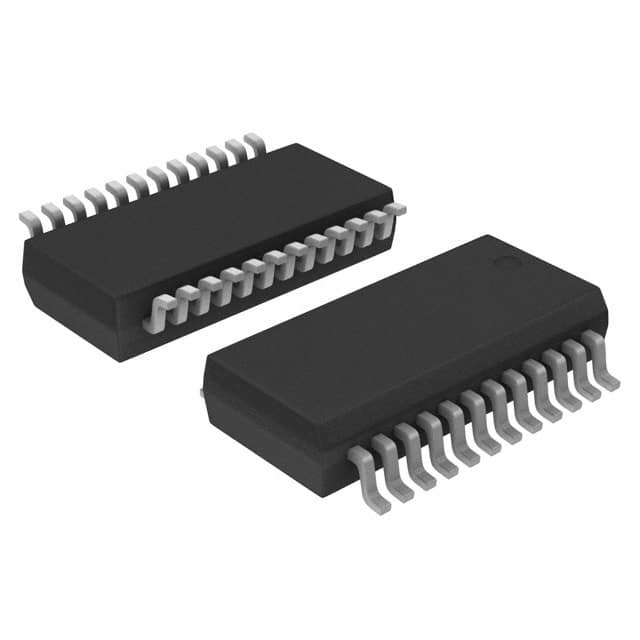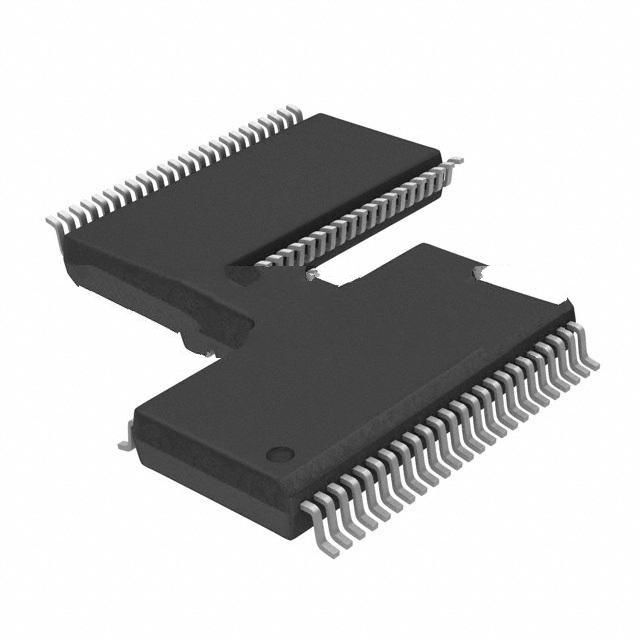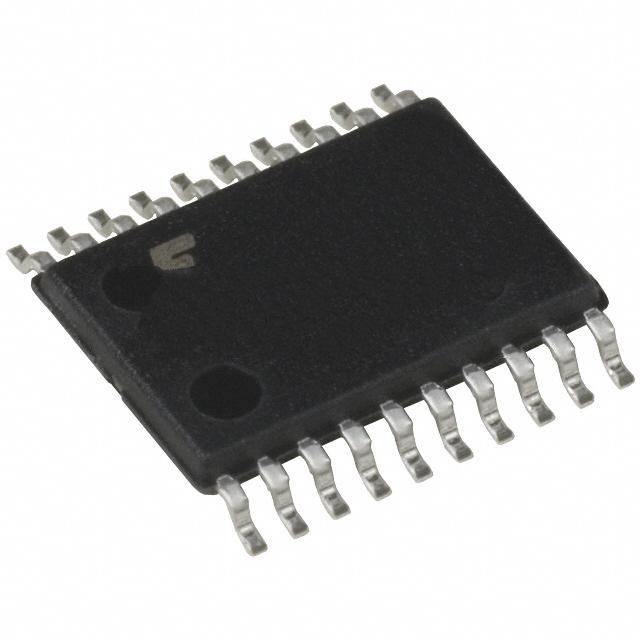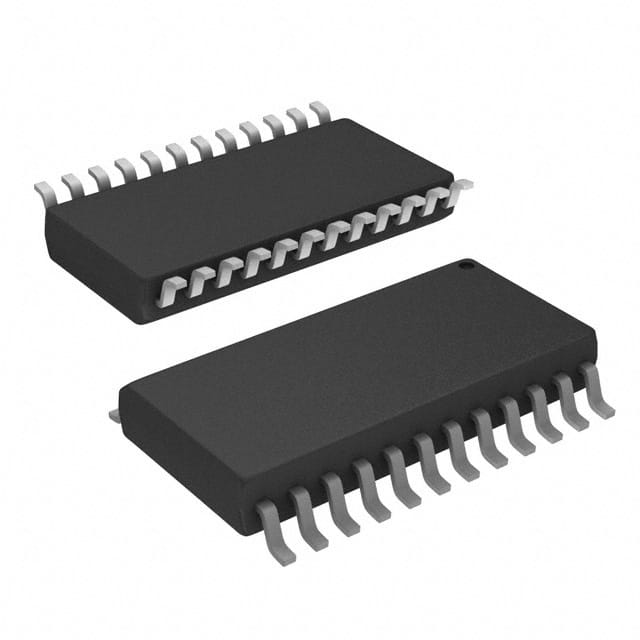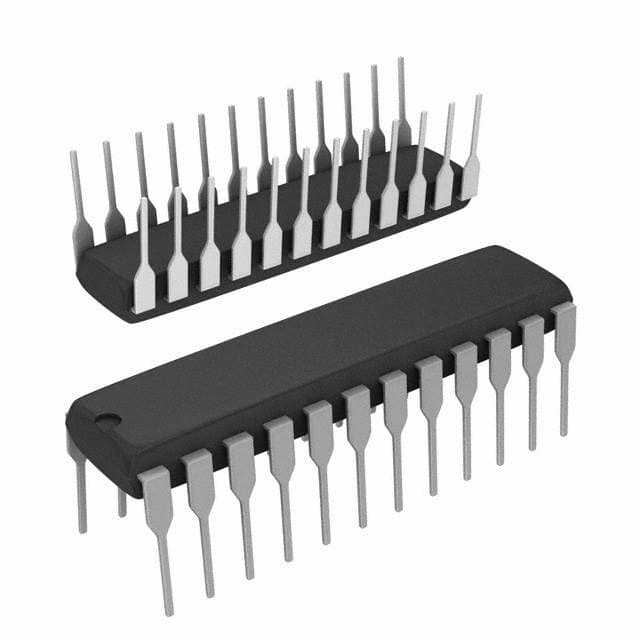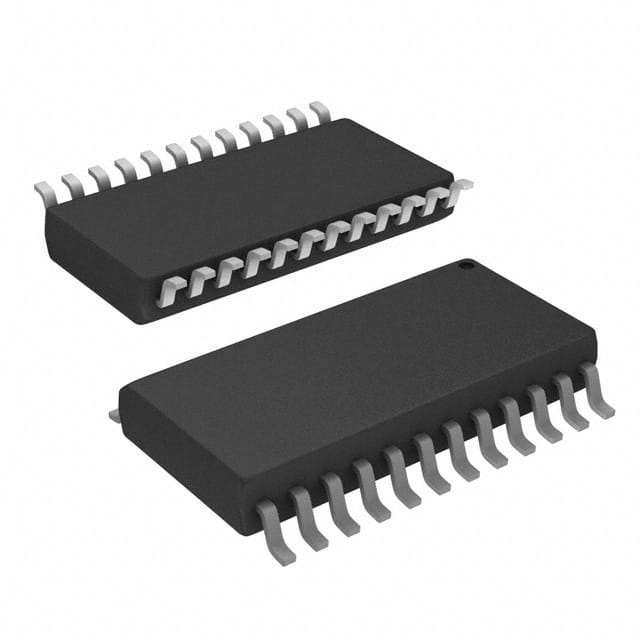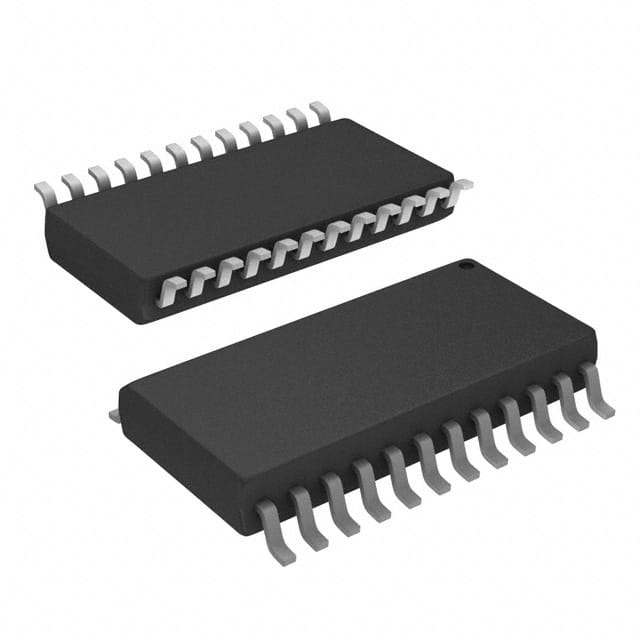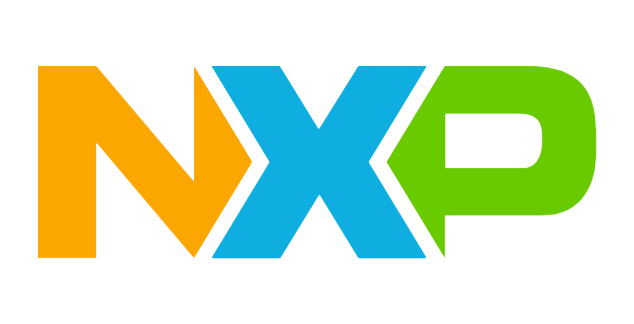N74F827DB,118 Product Introduction:
NXP USA Inc. Part Number N74F827DB,118(Logic - Buffers, Drivers, Receivers, Transceivers), developed and manufactured by NXP USA Inc., distributed globally by Jinftry. We distribute various electronic components from world-renowned brands and provide one-stop services, making us a trusted global electronic component distributor.
N74F827DB,118 is one of the part numbers distributed by Jinftry, and you can learn about its specifications/configurations, package/case, Datasheet, and other information here. Electronic components are affected by supply and demand, and prices fluctuate frequently. If you have a demand, please do not hesitate to send us an RFQ or email us immediately sales@jinftry.com Please inquire about the real-time unit price, Data Code, Lead time, payment terms, and any other information you would like to know. We will do our best to provide you with a quotation and reply as soon as possible.
Introducing the NXP USA Inc. N74F827DB,118, a cutting-edge integrated circuit designed to revolutionize the world of electronics. This high-performance device boasts a wide range of features that make it an ideal choice for various applications.
The N74F827DB,118 is equipped with 10-bit non-inverting buffers and a 3-state output, ensuring seamless signal transmission and enhanced performance. With a maximum operating frequency of 100 MHz, this integrated circuit guarantees fast and efficient data processing, making it perfect for high-speed applications.
One of the standout features of the N74F827DB,118 is its wide operating voltage range, from 2 V to 6 V. This versatility allows for seamless integration into a wide range of electronic systems, making it suitable for applications in industries such as automotive, telecommunications, and consumer electronics.
Furthermore, the N74F827DB,118 is designed to withstand harsh environmental conditions, thanks to its robust construction and high-quality materials. This makes it an excellent choice for applications that require reliability and durability.
Whether you're designing a complex automotive control system, a high-speed telecommunications network, or a state-of-the-art consumer electronic device, the NXP USA Inc. N74F827DB,118 is the perfect solution. With its advanced features, wide operating voltage range, and exceptional performance, this integrated circuit is set to redefine the standards of electronic design. Trust NXP USA Inc. to deliver innovation and excellence with the N74F827DB,118.
Buffers, Drivers, Receivers, Transceivers are the key logic devices responsible for signal transmission and processing in integrated circuits. These components are built by using transistors and other passive components such as resistors and capacitors. The buffer is mainly used to enhance or isolate the signal, reduce the attenuation and interference of the signal during transmission, and ensure the integrity and stability of the signal. The driver is responsible for amplifying the signal to a level sufficient to drive the external load, commonly seen in high-speed data transmission and power amplification scenarios. The receiver is responsible for receiving the signal from the external or internal circuit and converting it into a level or format that the system can recognize. The transceiver combines the functions of the driver and the receiver, which can send and receive signals, and is widely used in two-way communication interfaces.
Application
Buffers, Drivers, Receivers, Transceivers are widely used in various electronic devices and systems, especially in fields such as communication, computer, consumer electronics, industrial control, automotive electronics, and medical electronics. In the field of communication, they are the foundation for achieving high-speed data exchange and signal amplification, such as transceiver modules in Ethernet switches and routers. In computer systems, buffers and drives are commonly used for data transfer between memory, hard disk interfaces, and processors to improve data transfer efficiency. In the field of consumer electronics, they support the transmission and processing of high-definition video and audio signals, such as transceivers in HDMI interfaces. In addition, in the fields of industrial control and automotive electronics, these components are also used for sensor signal acquisition, actuator driving, and complex communication systems to ensure efficient and stable operation of the system.
FAQ about Logic - Buffers, Drivers, Receivers, Transceivers
-
1. What is a logic driver?
A logic driver is a driver that is used to implement operations such as reading, writing, and controlling logic devices. It is a computer science and technology term announced by the National Science and Technology Terminology Review Committee in 2018.
Logic drivers play an important role in computer systems. It determines the value of the output signal by the state of the input signal to realize specific logic functions. Logic drivers are widely used in computers, communication systems, digital electronic equipment and automation control.
-
2. What is the logic function of IC7400?
IC7400 is an integrated circuit containing 4 independent 2-input NAND gates. Its logic function is: when all inputs are "1", the output is "0"; as long as there is "0" at the input, the output is "1". The logical expression is: y=—AB.
IC7400 is the first logic chip launched by Texas Instruments in 1964 and belongs to the TTL (transistor-transistor logic) series. This series of chips quickly occupied more than 50% of the logic chip market and has undergone multiple pin-compatible generational updates, supporting low-power supply voltage and surface mount packaging.
IC7400 is not only widely used in industrial and commercial applications, but also commonly used in education and prototyping. It provides a traditional DIP pin layout and an abstract logic circuit view, which is suitable for helping students understand the working principle of basic logic units, and is also suitable for engineers to perform rapid prototyping and logic verification.
-
3. What is the difference between a buffer and a transceiver?
The main difference between a buffer and a transceiver is that they have different functions and application scenarios. The buffer is mainly used for signal buffering and transmission, while the transceiver has a bidirectional data transmission function and contains a direction control circuit.
A buffer is an electronic component that is mainly used for signal buffering and transmission. It has high input impedance and low output impedance, which can ensure the integrity and stability of the signal. Buffers are often used in digital circuits to temporarily store data for processor processing or to coordinate between high-speed and low-speed devices.
A transceiver is a bidirectional device that allows data to flow in both directions. It not only has buffering and driving functions, but also contains direction control circuits so that data can be transmitted in either direction as needed. Transceivers are often used in applications that require bidirectional communication, such as backplanes and ribbon cables, where the signal is weak or needs to be transmitted over long distances.
 Lead free / RoHS Compliant
Lead free / RoHS Compliant



